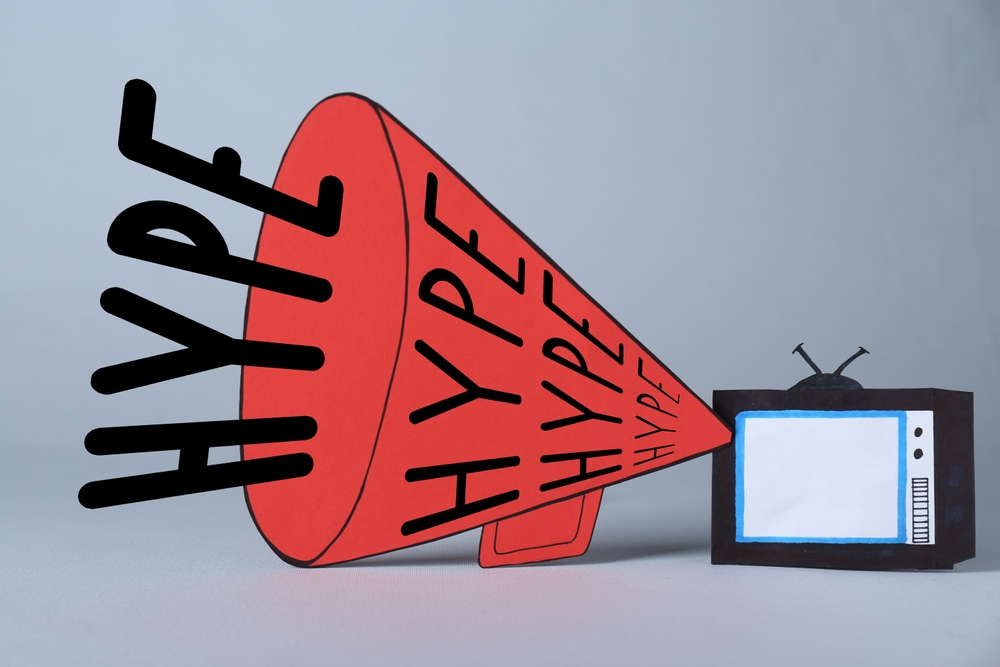The Power and Perils of Exaggeration in Content Marketing

Introduction: In the realm of content marketing, the competition for attention is fierce. Marketers are constantly seeking innovative ways to stand out and capture the audience’s interest. One such technique that often finds its way into content strategies is exaggeration. While exaggeration can be a powerful tool to captivate audiences, it also comes with its own set of risks and challenges. In this blog post, we’ll explore the dynamics of exaggeration in content marketing, its potential benefits, the pitfalls to avoid, and how to strike the right balance.
The Allure of Exaggeration: Exaggeration, when used effectively, can create a sense of excitement and curiosity among readers. By magnifying certain aspects of a product, service, or story, marketers can capture attention and generate interest. It can transform mundane details into captivating narratives that leave a lasting impression on the audience. Moreover, exaggeration has the potential to make content more shareable, as people are more likely to share something that evokes strong emotions.
Benefits of Exaggeration in Content Marketing:
- Grabbing Attention: In an age of information overload, grabbing a reader’s attention within the first few seconds is crucial. Exaggeration can act as a hook, enticing readers to delve deeper into the content.
- Creating Memorable Content: Exaggeration can turn an ordinary piece of content into something memorable and remarkable. It helps in building a stronger brand image and making a lasting impact on the audience.
- Enhancing Engagement: Content that is embellished with exaggeration can spark discussions, comments, and shares. This engagement boosts the reach of the content and increases its visibility.

The Fine Line: While exaggeration can bring advantages, it must be approached with caution. Going too far can lead to loss of credibility and trust, which can be detrimental in the long run. Here are some pitfalls to avoid:
- Misleading Claims: Exaggerating to the point of making false or misleading claims can backfire. Once readers realize the inaccuracy, it can damage your reputation and erode trust.
- Short-Term vs. Long-Term Gains: While exaggeration might bring immediate attention, it could result in disappointment if the actual product or service doesn’t meet the exaggerated expectations. This could lead to negative reviews and customer dissatisfaction.
- Loss of Credibility: Consistently using exaggerated language can make your content appear sensationalistic and untrustworthy. Balance is key; use exaggeration sparingly and only when it genuinely adds value.
Striking the Right Balance: To effectively incorporate exaggeration into your content marketing strategy, consider these tips:
- Know Your Audience: Understand your target audience’s preferences and sensibilities. Tailor your exaggerations to resonate with their interests.
- Back Up Claims: If you’re using exaggeration to highlight a product’s benefits, make sure there’s factual evidence to support your claims. Transparency builds trust.
- Use Visuals: Visual elements like images and videos can enhance the impact of exaggeration by providing a tangible representation of the claims being made.
Conclusion: Exaggeration in content marketing is a double-edged sword that can captivate and engage audiences or erode trust and credibility. When used judiciously, it can breathe life into content, making it more compelling and shareable. However, caution must be exercised to strike the delicate balance between capturing attention and maintaining authenticity. Ultimately, the key lies in understanding the power of exaggeration and using it responsibly to enhance the overall effectiveness of your content marketing efforts.
IMPORTANT: If you enjoyed this article then give Marketing University Equalizer a try. Create your free account right now and have full access for 14 days. Click here to get started #marketinguniversity #marketing #businesstips #marketingtips
